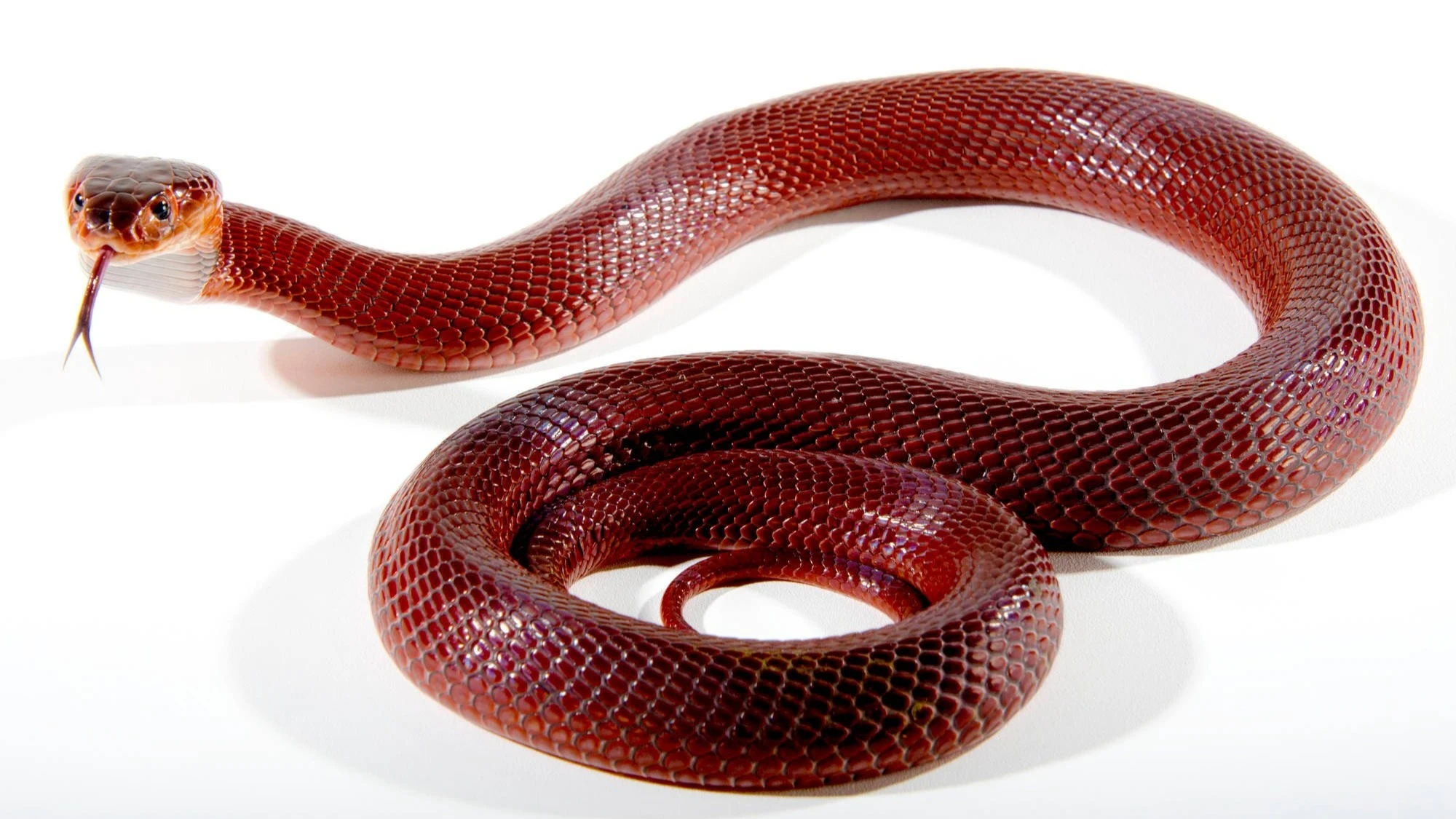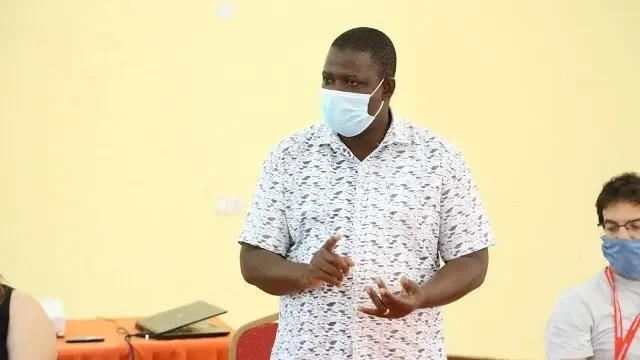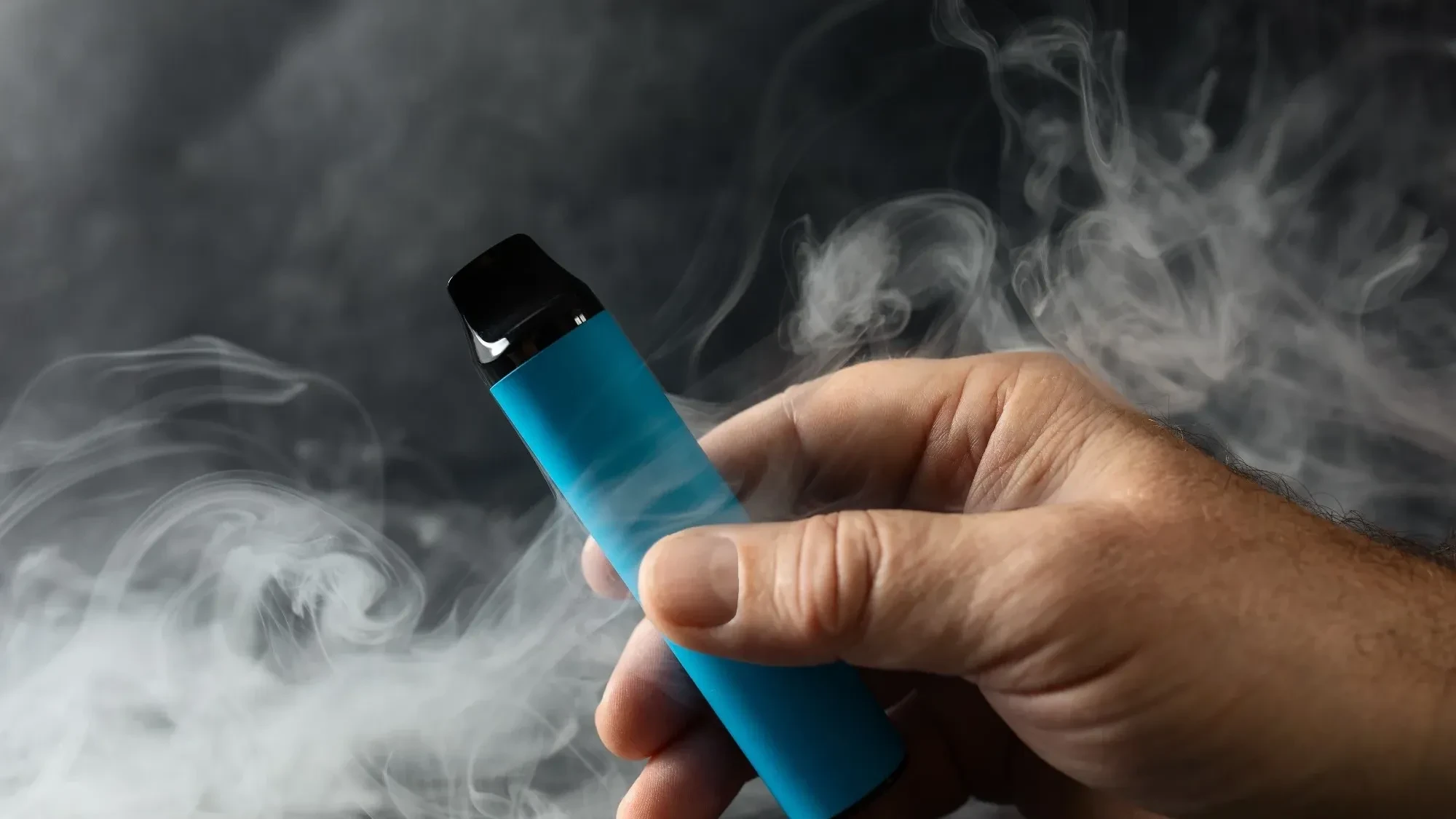Expert: Red spitting cobra slithers in northern regions

REPORTS indicate the red spitting cobra is a leading cause of snakebite incidents in northern Tanzania and southern Kenya, a wildlife expert has indicated. Tito Lanoy, a noted herpetologist at the African Wildlife College in Mweka, Kilimanjaro Region, made this affirmation in an interview ahead of marking the World Snakebite Awareness Day on September 19.
The expert urged communities to remain vigilant and take precautions against this highly dangerous reptile, while the International Union for Conservation of Nature (IUCN) lists the red spitting cobra as being of least concern in terms of its conservation status.
The dangerous snake is relatively easy to find across East Africa, notably in the zone straddling Tanzania and Kenya, he said, after having remarked earlier that a number of venomous snakes are more visible in settled areas during the warmer and rainy periods of the year.
The number of venomous snakebites that occur each year may be as high as five million, he said, noting that this results in about 2.5m cases of intense poisoning, leading to 0,000 to 125,000 deaths, he said.
The frequency and severity of bites vary greatly among different parts of the world, IUCN data indicates, as the toxic substances can cause reactions ranging from local pain and swelling to severe systemic effects like tissue damage, bleeding problems and even death.
Treatment depends on the specific venom and often requires immediate medical attention, supportive care, or antivenom therapy which is in short supply in numerous health centres.
The red spitting cobra, a venomous snake responsible for numerous bites on both humans and domestic animals, is known for cannibalism, in which case younger snakes of that sort, are often active during the day to avoid larger, nocturnal adults.
He pointed at specific threats posed by the snake when feeling threatened, as it raises its body, spreads its neck hood and spits venom with remarkable accuracy, often blinding the victim, he said.
“The snake’s venom is extremely potent, causing severe pain, swelling, blistering and even tissue destruction upon contact with skin,” he said, elaborating that when spit into the eyes, it can cause immediate irritation, corneal burns, plus temporary or permanent blindness if not treated promptly.
Even as some experts believe that human fatalities are less frequent than feared, a bite from this snake requires immediate medical attention. The venom, even if less deadly than species like black mamba, poses a serious threat to small domestic animals like dogs and cats, as it can destroy tissue and paralyze the respiratory system.
He stressed the importance of swift action if one suffers such snakebite, pointing out that anyone sprayed in the eyes or bitten must wash the affected area thoroughly and seek emergency medical help. Experts recommend the immediate use of a specific polyvalent antivenom in cases of severe ‘envenomation, or poisoning from venom.
He suggested that the snake’s spitting ability is likely to have evolved as a defense mechanism against early humans, with its venom capable of reaching a target from as far as eight feet away.
The red spitting cobra is not always red; its color can vary from orange, yellow, gray or brown, depending on its habitat. It typically has distinct dark markings on the neck and teardrop markings beneath its eyes. The snake prefers dry savanna regions near water sources, where it can prey on frogs and other small creatures. This preference often brings it into human settlements at night in search of food, he said.
He however warned some members of the public against attempting to handle the snakes themselves but instead call trained snake experts. Children are frequently among those bitten by snakes, thus the need for increased public awareness and caution, he added.
Top Headlines
© 2025 IPPMEDIA.COM. ALL RIGHTS RESERVED






















